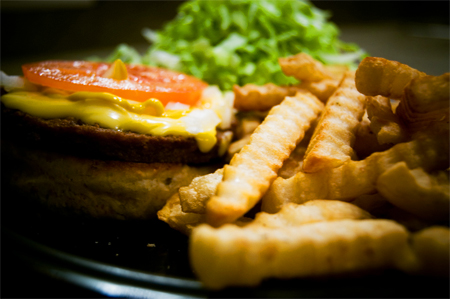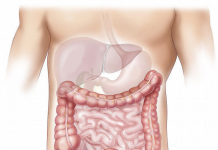You wanted to enjoy a delicious meal, but got food poisoning instead? Such situations are definitely not pleasant. What precautions can help us avoid them? The US Department of Sanitary Supervision over quality of foods and drugs made a list of recommendations on food safety and a list of the most risky products.

Below is the list of those products in addition to some tips on how to make sure your table and stomach are safe.
8. Peanuts
A real “peanut scandal” broke in US last year. Nine people died and over 700 were hospitalized after eating peanut butter contaminated with salmonella. Investigation revealed that products cooked with fried peanuts could also be poisoned. Those foods can be practically anything, starting from chocolate spread and cookies, and ending with cereal and other convenient breakfasts.
7. Greenery
Want to add some flavor to your salad with some dill or sorrel? Be careful, since the green leaves can easily have Eschirechia coli on them. The bacteria can be washed off with regular water, but the difficulty lies in the fact that it is not very easy to wash the bunch of greenery from all sides. Therefore, spare some extra time and wash the greenery carefully.
6. Eggs
A healthy adult can safely eat eggs. Yet, children’s organisms have weaker immune system and thus are more sensitive to pathogens. So, if you plan to give some scrambled eggs to you kids make sure that the egg whites and egg yolks are fully cooked. Thorough cooking guarantees safety. Children should not eat soft-boiled eggs, especially raw eggs.
5. Meat
Once again, thermal processing is the key. This is the only way you can be sure that no one “lives” in the meat you are about to serve for dinner. Minimum required temperature for cooking beef or pork is 70-75C. Proper defrosting is another essential precaution. Use a microwave which has “defrost” function. If your microwave does not have such function, then put the meat into the fridge at least one day before you plan to cook it.
4. Poultry
The above rules apply to cooking poultry meat as well. A polyethylene-packed chicken can be defrosted under running water, which by no means can be hot. The warmer the raw meat is the more attractive it is for the bacteria.
3. Seafood
Various types of shellfish are particularly dangerous since they are served practically unprocessed and thus are potentially rich in all kinds of pathogens. However, raw fish can be contaminated with pathogens as well. Seafood can be considered as “safe” only after it was cooked in temperature of at least 65 C (149 F).
2. Canned Foods
Thanks to the new food processing technologies botulism disease is very rare in our days. However, bulging, broken, or even dirty jars should alert you.
1. Fast Food
It is virtually impossible to follow preparation of each hot-dog. No matter what country you live or vacation in, try to avoid any cheap foods sold on the streets. Yet, it is impossible to completely protect yourself from low-quality foods. Therefore, the only way you can protect yourself is by not buying unsealed foods, untested foods, or foods cooked by strangers.
Source of the image: flickr.com/photos/slightlynorth.










